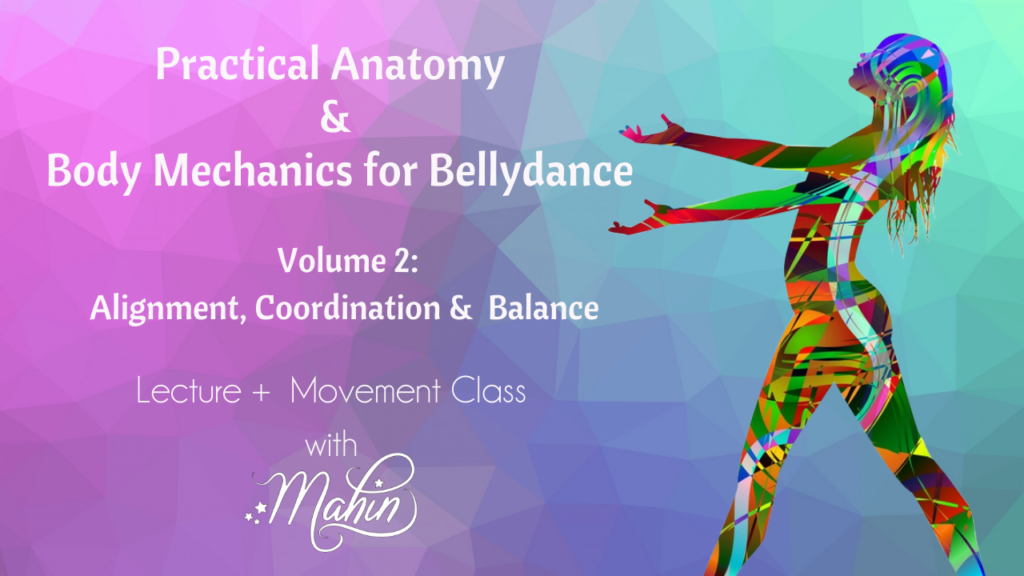Let’s Get Specific: The Training Principle of Specificity and Belly Dance
As serious dancers, we should always be looking to grow, expand and improve on our skills. Sometimes this means taking on new physical challenges in strength, balance, flexibility and maybe even endurance. The key to success in training for these kinds of belly dance achievements is to define a clear path of how to get there. In situations like this, some thought to the specificity of your approach will make your efforts more effective and less frustrating.
What is specificity in training?
Specificity is the relevance and appropriateness of training to a particular activity or skill. Usually, in academic publications this is discussed in terms of sports, but as dancers, we know that belly dance can be a seriously athletic endeavor! By relevant we mean it prepares the body for all the various demands of the activity. By appropriate, we mean that the volume and intensity of the training is sufficient to prompt the body to respond with gains in strength, flexibility or whatever effect we are after.
How does specificity in training apply to belly dance?
When you decide to tackle a new belly dance skill that will tax your body more than it is accustomed to, it is smart to start preparing yourself before even diving into the actual practice. Let’s take floorwork for example – this is one of the most physically demanding aspects of Middle Eastern dance. Floorwork requires core strength, shoulder strength, and for some moves, significant spinal flexibility.
Before beginning the learning and practice phase of taking on floorwork it would be very helpful to work on strength in the quadriceps muscles, shoulders and core especially. You would want to incorporate flexibility work for the spine, hip flexors and ankles (those kneeling crawls are tough!) Different skills require other attributes – that is exactly why specificity in training is so important. By preparing yourself to take on the task, you will make the learning process and your practice more comfortable and successful – and most importantly, reduce your chance of injury.
Specificity is also important in your pre-practice warm up once you have begun to dive into your new skill. Let’s look at the example of fan veils this time. Your warm up should include mobilizing the hands and wrists in all directions to lubricate the many small joints there. It should also include a full warm up of the upper body and shoulders to prepare for the large movements it takes to maneuver the fans.
Your pre-practice warm up can also be followed by more strengthening exercises to maintain and continue your progress in getting stronger, but they shouldn’t be so intense that you will fatigue the muscles you need to practice effectively. That just leads to sloppy form, a poor quality practice and potential injury. Keep the more intense strengthening routines separate from your practice, or perhaps following it if that’s the only way it fits in your schedule.
Of course, warm ups aren’t only for class and practice! It is imperative that you warm up thoroughly before your show as well, both for performance quality and for your safety. This can be tricky, as your space may be limited and you will almost certainly be in your costume. Think ahead and figure out a warm up sequence that will serve your purposes while being able to be done in a small space without getting on the floor.
Step up to the challenge!
Does this sound like a lot of work and preparation? Well, it is. But if all skills were easy to achieve, they wouldn’t be so amazing to watch! Putting in the time to analyze the skill you are after and figure out your best and safest route there will give you the most satisfying results in the end. And once achieved, your gains in strength, balance and flexibility will make the next skill that much more accessible.
If you are unsure of how to break down the physical needs of a new skill or select the exercises to prepare yourself, consider getting some qualified help from a certified trainer or fitness instructor that has experience working with dancers. This is a teaching service I offer both in person and through online lessons too.
Here’s to your dance progress!
Learn more about your most important tool… your body!


